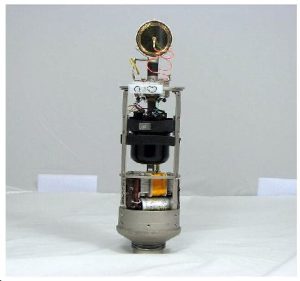It has been over 40 years since I started working on these large diaphragm condenser microphones and over the years I have learned a few things that I would like to pass on to you.
You should always use a Nylon type pop filter when using these large diaphragm condenser microphones on vocals and they should always be stored inside a plastic baggie BUT DO NOT SEAL THE BAGGIE SO THE MICROPHONE CAN BREATH AND DRY. This will keep unwanted particles from getting into the microphone when not in use.

Always use a Nylon type pop filter when doing vocals which will disperse the moisture from your breath. The metal and plastic ones do a pretty good job on keeping the “P’s” from popping and the “W’s” from woofing, but they do not disperse the moisture as well as the nylon ones do. I personally use a metal Stedman and put a nylon stocking over that and it seems to work very well.
The diaphragm holds a static charge much like a balloon and it will attract dust. You know how you can fog a window with your breath on a cold day, well, this happens to the diaphragms also. Your breath has a small amount of sugar content to it and after a while it will leave behind a little sticky residue. Then the dust particles that are in the air will come into the microphone head assembly and adhere themselves to the sticky residue on the capsule, so when you go to sing or speak into the microphone the small dust particles will get moist and short out against the back plate of the capsule and the diaphragm will stop working until it dries a little and then it will once again work and then it will cut out again once these small dust particles get moist again,
The good thing is, I can repair this, and as long as you follow the above information the fix should last a long time. You should also always be 10 to 12 inches away from the front of the microphone and if you use a nylon type of pop filter about 6 inches away from the front then that will force the talent to stand back around 10 to 12 inches. Always make sure that the headphones on the vocal track are turned up good and loud so that the person singing does not have to come right up on the microphone in order to hear themselves.
David Brown : 818-874-9895
www.MicrophoneRepair.com